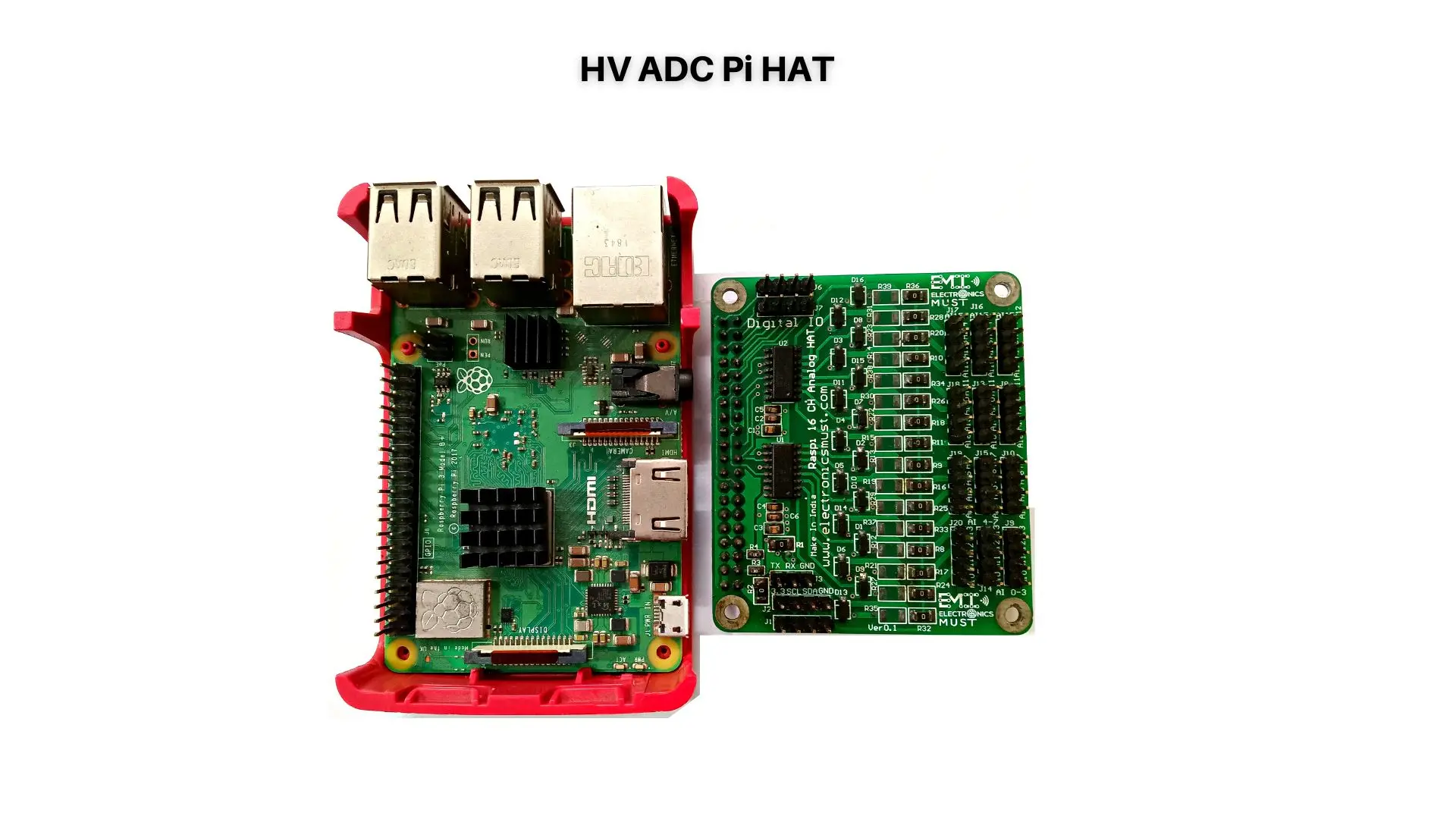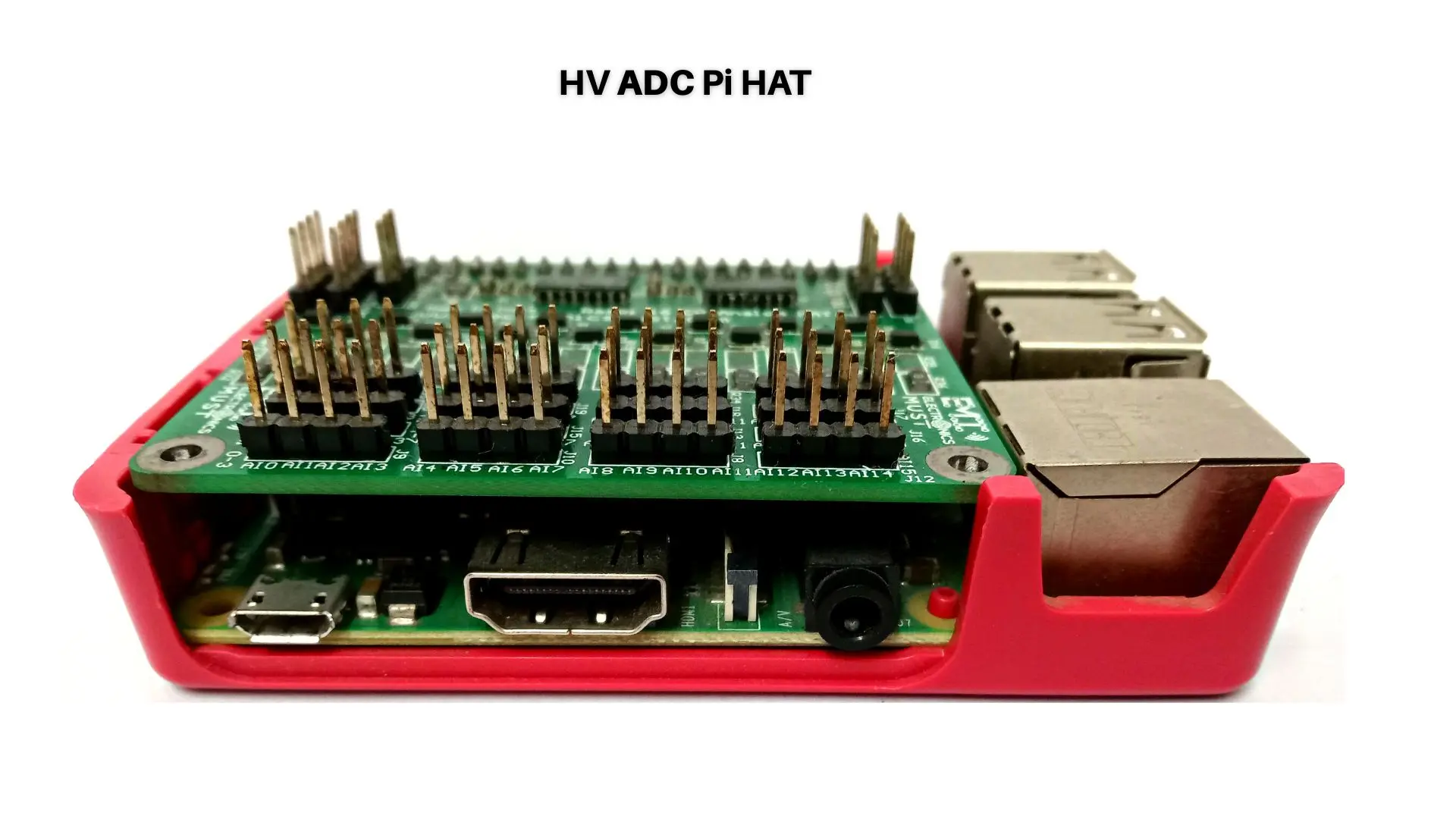Introduction:
Electronics design is a dynamic and ever-evolving field that drives technological innovation. While breadboards are a common starting point for prototyping electronic circuits, advancing beyond this basic stage opens up a world of possibilities. In this blog post, we will explore advanced techniques in electronics design that go beyond the breadboard. We will discuss the benefits of adopting these techniques, highlight their importance in achieving optimal performance and functionality, delve into other key factors to consider, and conclude with the significance of embracing advanced techniques in electronics design.
Benefits of Advanced Techniques:
1. Miniaturization: Advanced Electronics Design techniques enable the miniaturization of electronic devices. By employing surface mount technology (SMT), designers can significantly reduce the size of components and circuit boards. This compact form factor opens up new opportunities for creating smaller, sleeker, and more portable electronic devices.
2. Improved Signal Integrity: Advanced techniques help address signal integrity challenges, ensuring accurate and reliable signal transmission. Techniques such as controlled impedance routing, proper grounding, and shielding help minimize noise, crosstalk, and signal degradation. This results in improved overall performance, reduced electromagnetic interference (EMI), and enhanced system reliability.
3. High-Speed Design: With the increasing demand for high-speed data transmission and processing, advanced techniques in high-speed design are crucial. Careful consideration of factors such as transmission line routing, termination, and impedance matching ensures optimal signal integrity in high-speed electronic systems. This enables efficient data transfer, reduces data errors, and improves the overall performance of electronic devices.
4. Thermal Management: Efficient thermal management is vital to prevent overheating and ensure reliable operation of electronic devices. Advanced techniques, such as thermal vias, heat sinks, and proper component placement, help dissipate heat effectively. By managing heat distribution and optimizing thermal pathways, designers can improve the overall reliability and longevity of electronic systems.
5. Design for Manufacturability (DFM): Advanced techniques focus on designing for manufacturability, considering factors such as component availability, assembly processes, and manufacturing cost. By designing with manufacturability in mind, designers can streamline the production process, reduce manufacturing errors, and improve time-to-market.
Importance of Advanced Techniques:
1. Enhanced Performance and Functionality: Advanced techniques in electronics design are instrumental in achieving optimal performance and functionality. By utilizing high-quality components, employing advanced routing techniques, and implementing proper grounding and decoupling, designers can maximize circuit performance. This leads to faster processing speeds, improved signal integrity, and enhanced overall functionality of electronic devices.
2. Cost Optimization: While advanced techniques may require upfront investment, they can lead to long-term cost savings. By optimizing circuit layouts, employing efficient thermal management techniques, and utilizing high-density components, designers can reduce material costs and improve production efficiency. Additionally, advanced techniques help minimize design errors and reduce the need for expensive rework during manufacturing.
3. Scalability and Flexibility: Advanced techniques enable scalability and flexibility in electronic designs. By adopting modular design approaches, utilizing programmable components, and implementing flexible PCB designs, designers can create adaptable systems that can be easily upgraded or customized. This scalability and flexibility are crucial in meeting evolving market demands and accommodating future technology advancements.
4. Reliability and Robustness: Advanced techniques contribute to the reliability and robustness of electronic systems. By considering factors such as thermal management, signal integrity, and manufacturing processes, designers can ensure the durability and longevity of electronic devices. This results in improved customer satisfaction, reduced maintenance costs, and increased brand reputation.
5. Innovation and Differentiation: Embracing advanced techniques fosters innovation and differentiation in electronics design. By exploring new technologies, pushing design boundaries, and adopting cutting-edge techniques, designers can create unique and groundbreaking products. This enables companies to stand out in the competitive market, attract customers, and drive technological advancements.
Other Factors to Consider:
1. Design Validation and Simulation: Advanced techniques often involve complex designs, making design validation and simulation essential. Utilize software tools for circuit simulation, signal integrity analysis, and thermal analysis to identify potential issues early in the design process. This allows designers to make informed decisions, optimize designs, and reduce costly design iterations.
2. Component Selection and Sourcing: Advanced techniques may require specialized components and technologies. Carefully select components based on performance requirements, availability, and long-term sourcing considerations. Ensure that the chosen components align with the design goals, are readily available, and come from reputable suppliers.
3. Collaboration and Expertise: Collaborating with experts from different domains provides diverse perspectives and helps validate design choices. User and stakeholder feedback during the design process is invaluable for making informed decisions and improving the end product. Engaging with experts and leveraging their knowledge and experience can lead to more innovative and successful designs.
4. Design Documentation and Testing: Comprehensive documentation and thorough testing are crucial when implementing advanced techniques. Maintain detailed design documentation, including schematics, layout files, and design guidelines, to ensure clarity and ease of manufacturing. Perform rigorous testing and validation to verify the performance, reliability, and functionality of the designed system.
6. Regulatory Compliance: Depending on the industry and application, certain regulatory and compliance requirements may apply to the final product. Consider these requirements during the design phase to ensure compliance with relevant standards and regulations. This ensures that the designed product meets the necessary safety and quality standards.
Conclusion:
Beyond the breadboard, advanced techniques in electronics design offer numerous benefits and play a vital role in achieving optimal performance, functionality, and reliability. By embracing miniaturization, improving signal integrity, enabling high-speed design, optimizing thermal management, and designing for manufacturability, designers can create innovative and cutting-edge electronic devices.
Advanced techniques also contribute to cost optimization, scalability, and flexibility, enabling companies to stay competitive in a rapidly evolving market. Reliability, innovation, and differentiation are additional advantages gained by adopting these techniques.
To successfully implement advanced techniques, designers must prioritize design validation and simulation, carefully select components and suppliers, collaborate with experts, maintain comprehensive documentation, perform thorough testing, and ensure regulatory compliance.
So, take your electronics design to new heights by exploring and adopting advanced techniques. By pushing boundaries, embracing innovation, and leveraging the latest technologies, you can create exceptional electronic devices that shape the future of technology.






